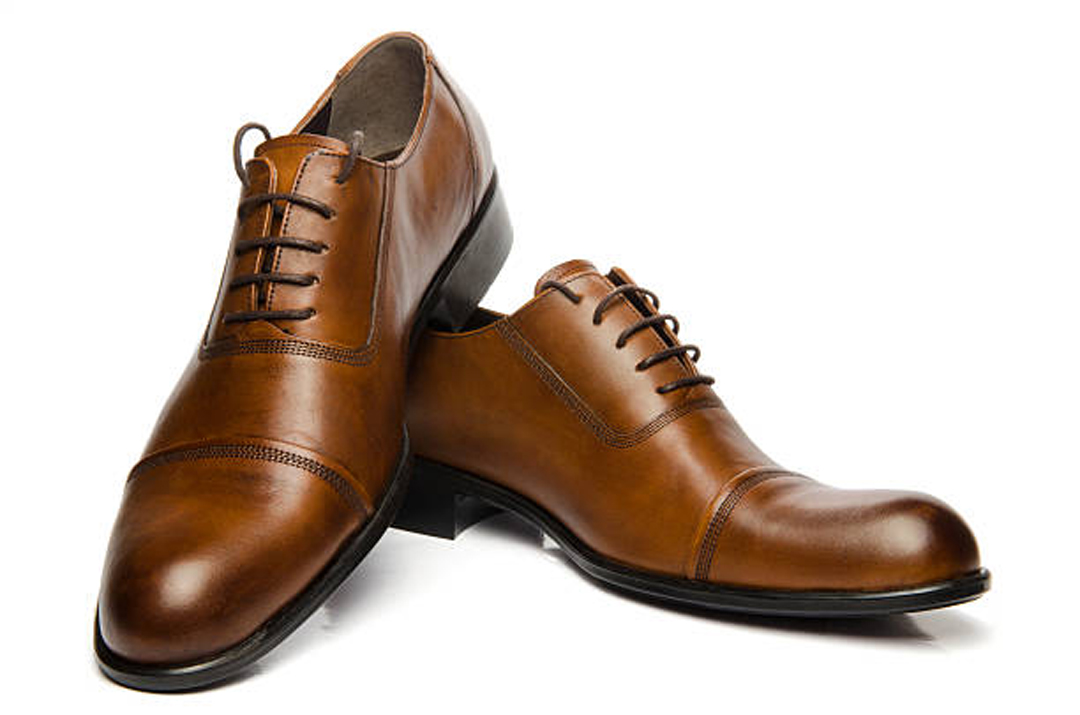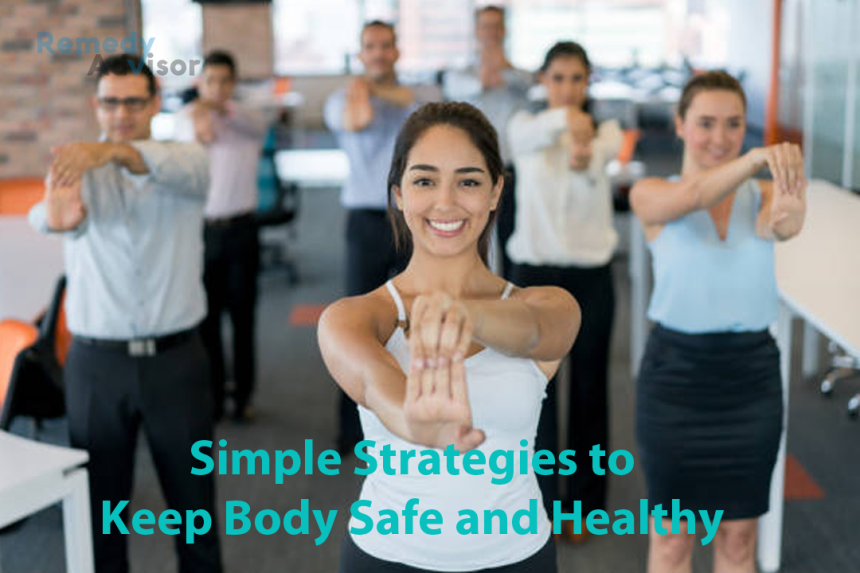To prevent muscle strains from hard physical activity, it is important to prepare your body by slowly increasing blood flow to your muscles and elevating your body temperature. This can be achieved through stretches focused on big muscular areas that will be used during the workout. It is also important to ensure that workouts are appropriate for the sport or activity being performed. Cooling down after a workout is just as important as warming up.
This can be achieved by slowing down the pace of the workout and performing gentle stretches to help prevent muscular injuries, stiffness, and soreness. Consuming carbohydrates and protein after a workout can help develop and repair muscle tissue. Wearing the right shoes that fit well, offer stability and support, and have soles that absorb stress can help prevent foot, ankle, and leg injuries during high-impact sports.
Get up …
Preparing your body ahead of time is one of the best strategies to avoid muscle strains from hard physical activity. You can “tune up” your circulation and reduce the chance of damage by slowly getting more blood to your muscles and elevating your body temperature. Adding stretches to your daily routine might also help you become more flexible. Consider the following techniques to get the most out of your stretching:
- Focus on big muscular areas that will be used during your workout, such your hamstrings and back.
- Take your time and move carefully when you stretch. Stop when you feel tightness, but don’t push to the point of discomfort. Try to stay as still as possible and hold each stretch for at least 30 seconds.
- Make sure your workouts are right for your sport or activity. If you want to go for a fast walk, walk slowly for 10 minutes to get your body ready. If you want to run, walk quickly for the same period of time first. When exercising with weights, execute the same motions you’ll be doing during your workout, but start without any weights. If you want to swim, do a few easy laps first to get your body ready for the major activity. By getting ready in these ways, you can lessen the chance of straining your muscles and increase your overall physical performance.
… and then relax
People often think that warming up before exercise is the only crucial thing to do to keep from getting hurt. In fact, it’s just as important to cool down after a workout. By slowly reducing your body temperature and controlling your blood flow, you can help prevent muscular injuries, stiffness, and soreness. This is especially important after a hard workout.
Slowing down the speed of your workout is a good way to calm down. For example, if you just finished swimming, you could perform a few laps at a slow pace to slow down your heart rate. Or, if you’ve been riding a stationary bike, pedal slower for a few minutes. This can assist your body get back into a condition of rest.
A big part of cooling down is also stretching. By using all of the range of motion in your muscles and joints, you can help keep them from getting stiff and sore. Take a few minutes to do some gentle stretches, paying special attention to any tight or uncomfortable spots. Don’t forget that cooling down is a crucial aspect of every workout. By taking the time to cool down properly, you can lower your risk of getting hurt and increase your overall performance.
Enjoy a snack
It’s crucial to get more glycogen into your body after working out. Glycogen is glucose stored in the liver that gives energy to the muscles. When you eat carbs and protein together, it can assist develop and repair muscle tissue. Fruit yogurt, energy bars, and a handful of dried fruit and nuts are among items that can give you these nutrients.
Buy the proper footwear

When doing any kind of exercise, it’s important to wear the right shoes to keep from being hurt. It’s also crucial to choose shoes that fit well, offer stability and support, and have soles that are made to absorb stress. This can help lower the risk of foot, ankle, and leg injuries and lessen the impact of high-impact sports like running or jumping.
Avoid repetition
Repetitive strain injury (RSI) is often caused by job, but it can also happen when you’re playing video games, using tablets, or talking on the phone for fun. Children and teenagers, as well as individuals who labor at a computer for long hours, are especially at risk. To help stop RSI from happening when using a computer:
- Be aware of how you stand: Make sure that the heights of your chair, screen, and workstation are right for you. The top of the screen should be at eye level.
- Pay attention to your wrists, arms, and shoulders. Keep your wrists in a comfortable position with your upper arms resting on your body instead of reaching forward. Don’t tense up your shoulders.
- Take regular breaks: If you don’t want to do the same thing for a long time, get up and move around and stretch every half hour. You may extend your upper back by rounding your shoulders and rotating your head from side to side. You can stretch your wrists by creating a fist and then expanding your fingers.
Use pineapple to soothe it
If you have pulled a muscle or sprained an ankle, you might wish to add fresh pineapple to your diet. When working with athletes who have sports injuries, nutritional therapists commonly suggest this fruit as a remedy. Bromelain, an enzyme found in pineapple, is thought to speed up tissue repair and help the body recuperate.
Obtain assistance for plantar fasciitis
It is a painful swelling of the tissue that supports the arch of foot. It is commonly treated with an orthotic, which is an artificial support that is put into the shoe. A recent Canadian study looked at different parts of foot and showed that over-the-counter orthotics can relieve up to 34% of the stress on the affected tissues. If you have plantar fasciitis, you might want to consider supportive shoe inserts to assist ease your pain.
Work on your neck
If you have neck pain, doing some basic exercises might help you feel better. Researchers found that people with neck discomfort who did light exercises at home up to eight times a day with help from a coach felt better than those who only took painkillers like aspirin or ibuprofen. If you have neck pain, you should talk to your doctor about exercises you may do or get a referral to a physiotherapist.
Be kind with yourself
If you have back pain and are currently sleeping on a firm mattress, you might want to move to one that is a little bit softer. People with back discomfort used to be told to sleep on a hard mattress, but new study says this isn’t a good idea. A study of persons with persistent low back pain found that after 90 days, those who slept on a medium-firm mattress had less pain in bed and when they got up, as well as less total handicap, compared to those who slept on firm mattresses. So, give yourself a treat and choose a mattress that gives a bit extra.
Give yoga a “yes”
A major UK study suggests that yoga may be a better way to manage chronic lower back pain than other methods. The study indicated that people who did a specially developed 12-week yoga program had better back function and more confidence in their ability to accomplish everyday tasks than those who had standard therapy from their doctor. After 3 months, people in the yoga group said they could do an average of 30% more activities than those in the usual care group. If you have chronic lower back pain and want to try a yoga session, you should talk to your doctor or a physiotherapist first. Also, it’s a good idea to find a yoga teacher that has specialized training in back care.







